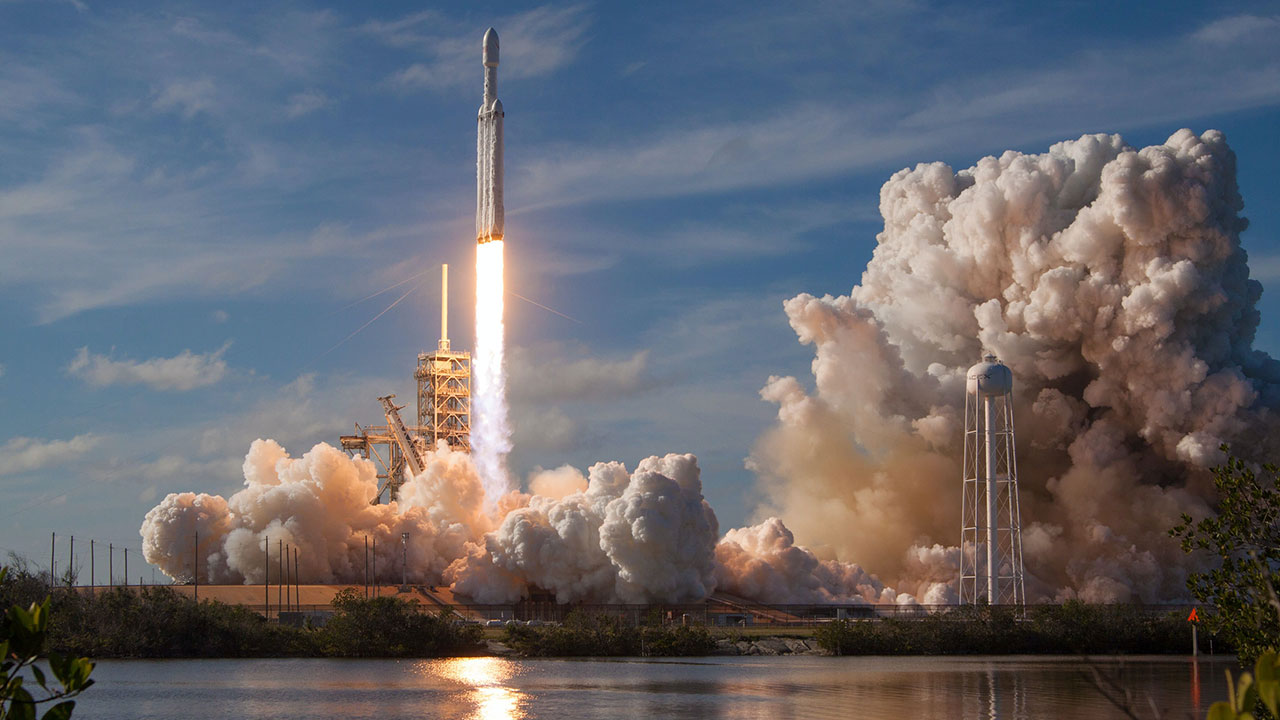Mangalyaan has made history and with this it completes a gestalt that was triggered by Russia denying Cryogenic Engine Technology to India way back in 1993.
There was this series of events that started with India hitting a roadblock with its indigenous development of this technology in early 80s. Cryogenic rocket engine technology uses super cooled liquid gases like Hydrogen and Oxygen below -250 degrees, as fuels to create a massive thrust that could potentially launch a payload into space. India approached Japan, who was in advanced stages of testing, but the deal didn’t go through. Instantly, ISRO was approached by France and US who were keen to sell it to us but their costs were prohibitive. India leaned on its strategic ally USSR who promised to transfer the technology at a much reasonable price. Russia was the pioneer who used it successfully in its space missions as also in military projects such as for creating massive thrust to lift its gigantic Tupolev (TU-154). But, those were the days of dissolution of Soviet Union who was under reasonable pressure to keep the West happy. As America got to know of this deal, it made every possible effort to stall it. Bush Administration hit the nail by threatening to slap MTCR (Missile Transfer Control Regime) sanctions on GlavKosmos and ISRO dubbing it to be military deal. Since America did not get the pie of Indian space interest, it decided to scuffle it by calling it a military mission knowing fully well that considering the development cycle time, it is impossible for India to use this technology for its military program. Succumbing to MTCR and diplomatic pressures Russia withdrew dealing a nasty blow to Indian aspiration. ISRO’s interest was finally salvaged by a work-around of buying the cryogenic engines from Russia and redeveloping them here.
A lot of unsavoury events took place including CIA spying in Russia & India, espionage case against Indian scientist who was the front runner of this research etc. It took the next five years for things to settle while ISRO kept working on its mission of being self reliant technologically. Not only did it successfully complete its GSLV, PSLV development but also launched several indigenous satellites using Cryogenic Technology. In 1999, India launched first foreign satellite through its PSLV and since then it has launched 40 such satellites of 20 countries including France, Japan, Russia, Canada, Germany, Korea, Belgium, Denmark, Switzerland etc. While the success of Chandrayaan was a big feather in ISRO’s cap, success of the recent Mars Mission is the highest point of this all. With it, India and ISRO have achieved the final frontier in this technology. A story that started with rejection and dirty international politics ended in a superlative victory for us. With it India is looking these countries in the eye, with dignity and self respect.
India’s journey from helpless dependence to a humble inter-dependence has been an interesting journey. What clearly comes across is India’s commitment and conviction in its space research, its grit and perseverance, its long term strategic thinking and diplomatic acumen but most importantly belief that each scientist may have held in his heart for over twenty years that we can do it.
They did it, and how!


